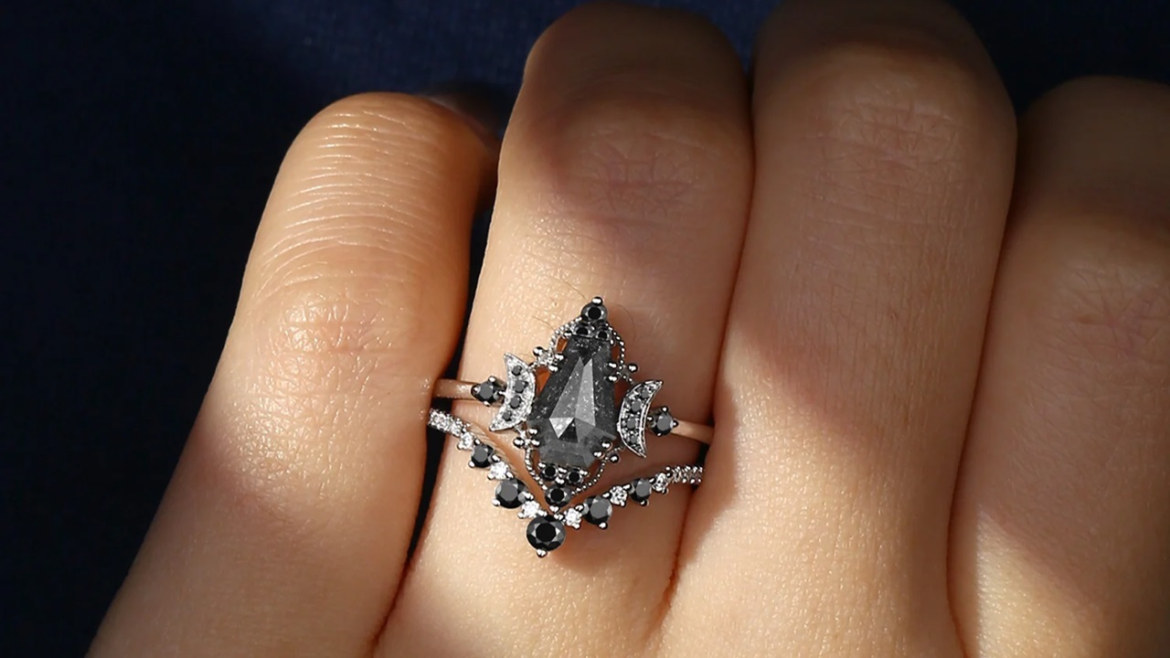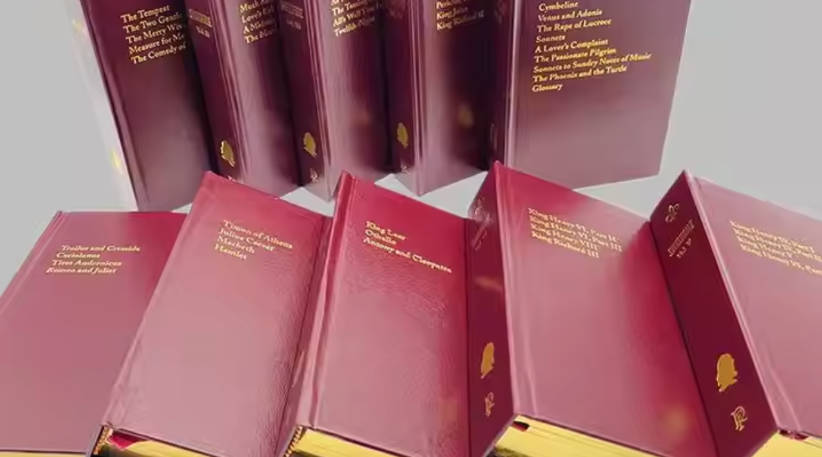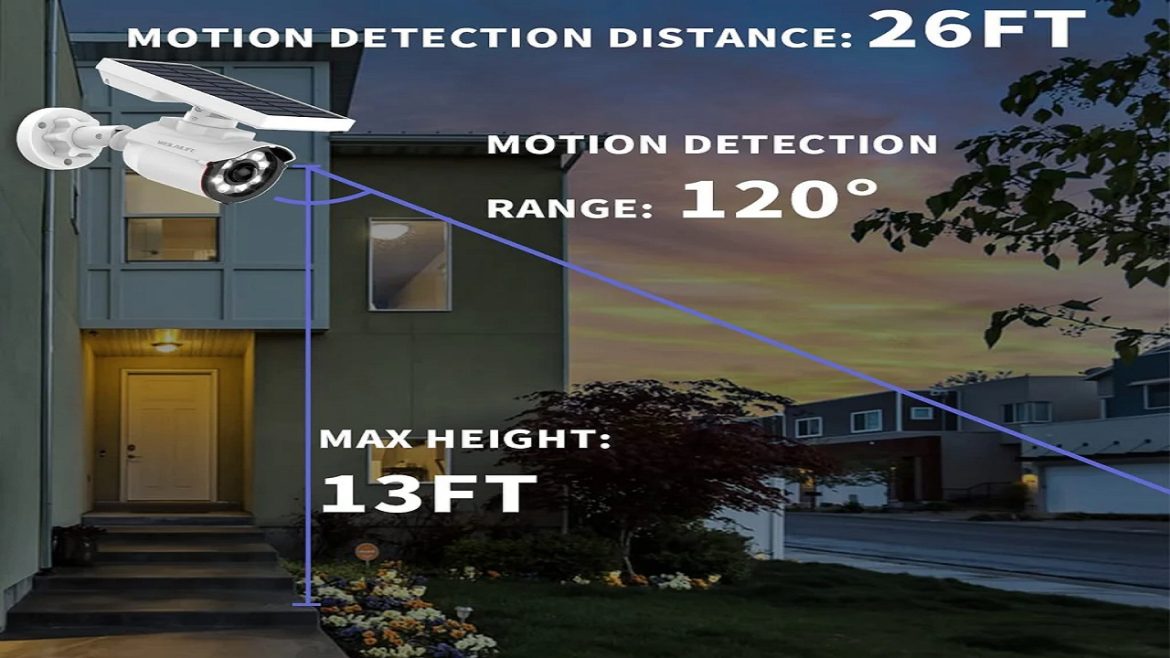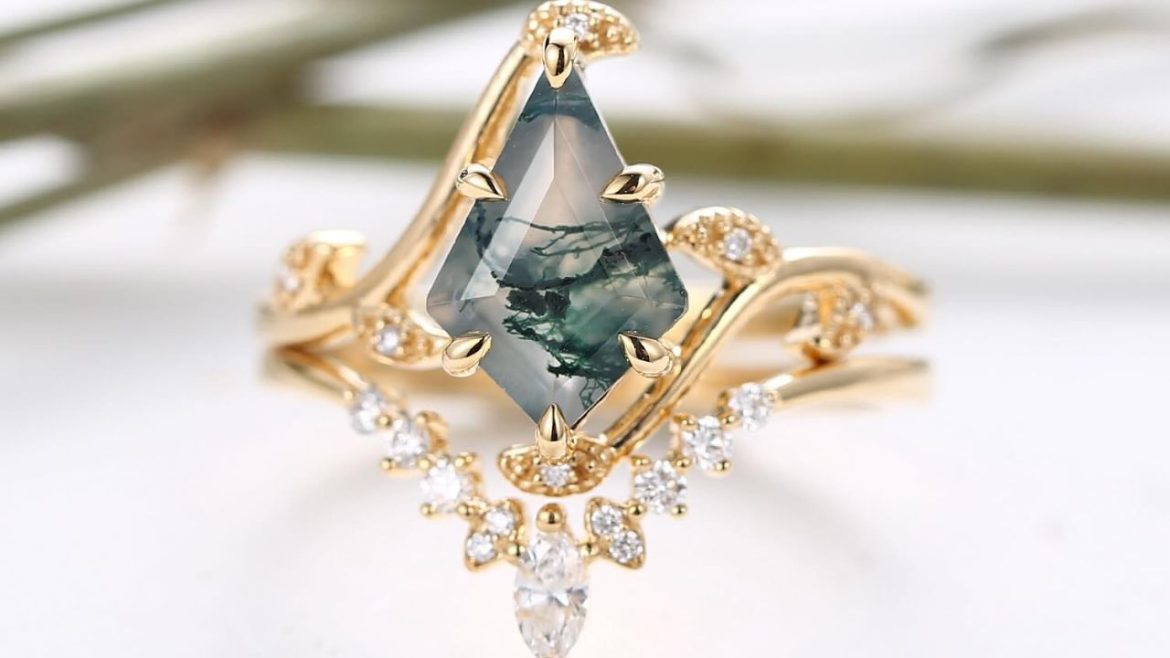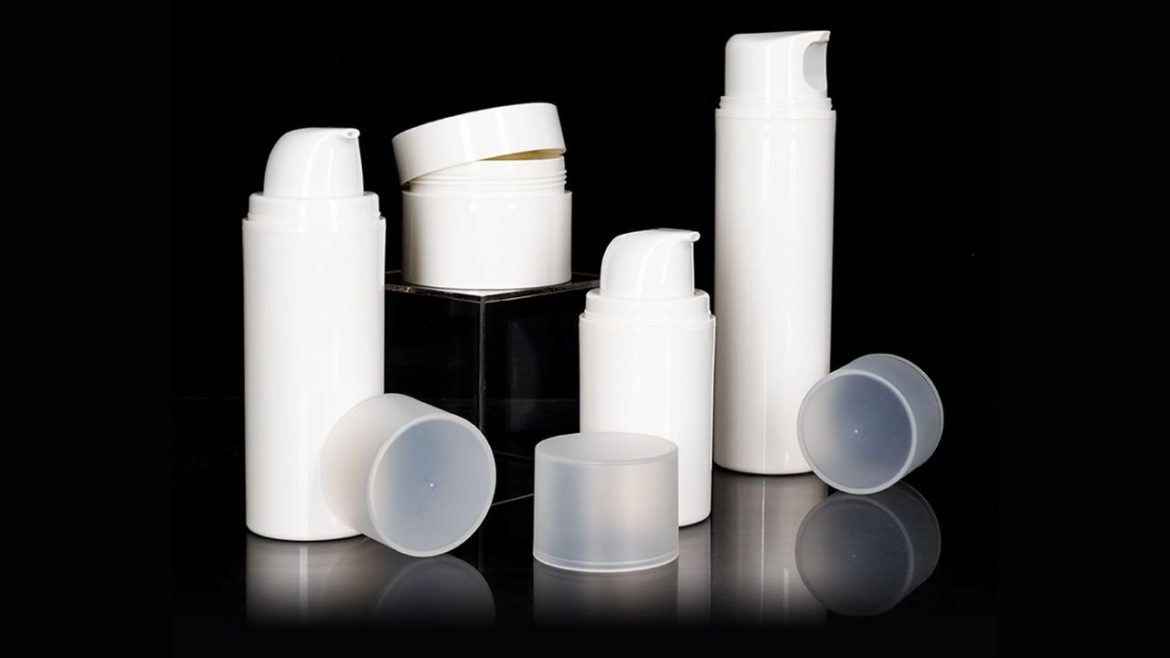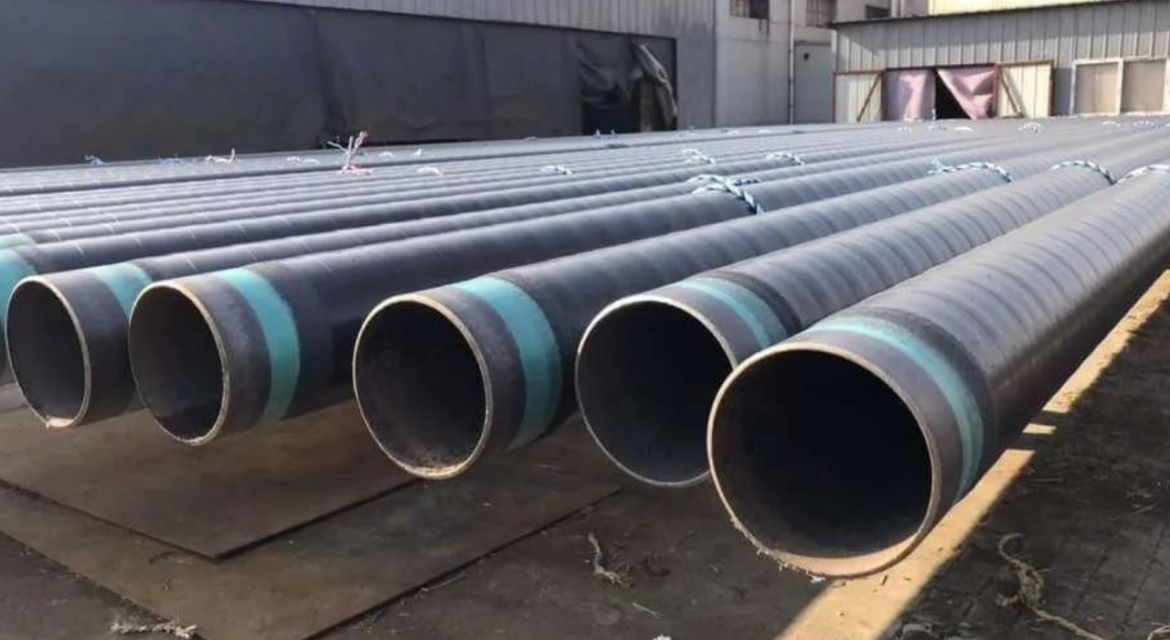Transparent PNGs are essential in various creative fields, from graphic design to digital marketing and eCommerce. Having the ability to create high-quality transparent PNGs without the hassle of complex software is a game-changer. In this article, we’ll introduce you to the top 7 transparent PNG makers that will help you create professional and seamless images in no time. Whether you’re a beginner or a seasoned pro, these tools will ensure your projects look flawless.
Why Transparent PNGs Matter
Transparent PNGs are crucial for several reasons:
- Seamless Integration: With no background, these images blend effortlessly into any design, whether it’s a website, logo, or product image.
- Versatile Editing: Transparent backgrounds allow for easy layering and customization, making it ideal for creating logos, badges, and promotional graphics.
- Improved Professionalism: Transparent images often look cleaner and more polished, making them a favorite for businesses and content creators.
Top 7 Transparent PNG Makers
There are many tools available that allow you to remove backgrounds and create transparent PNG images. Below are the best options that cater to both novice and experienced users:
1. CapCut
CapCut is a highly rated online tool for removing backgrounds from images. It’s simple to use, making it perfect for beginners. You can easily upload your image and use their intuitive features to create transparent PNGs. TFree Transparent PNG Maker Online | Create Transparent Images Easily
2. Remove.bg
Remove.bg is another popular choice for creating transparent PNGs. It uses AI technology to automatically detect and remove the background from your images. This tool is incredibly fast and produces high-quality results, making it a great choice for quick edits.
3. Canva
Canva is well-known for its easy-to-use design tools, and it also offers a feature for removing backgrounds from photos. This is a great tool for beginners who want to create transparent PNGs while also designing entire marketing materials or social media posts.
4. PhotoScissors
PhotoScissors offers an online tool and downloadable software that lets you remove backgrounds and create transparent PNGs. It’s simple to use, with a fast and effective AI-powered algorithm that makes editing easy.
5. Fotor
Fotor is another online tool that lets you remove backgrounds from images to create transparent PNGs. Its user-friendly interface makes it accessible to users with minimal photo editing experience, while still providing high-quality results.
6. Pixlr
Pixlr is a robust online editor that offers advanced features for those who need more control over their edits. The background removal tool is precise and can create high-quality transparent PNGs for users who require a more hands-on approach to editing.
7. Clipping Magic
Clipping Magic is a straightforward background remover tool that works well for creating transparent PNGs. The interface allows for easy background removal by simply clicking to mark areas to keep or remove.
How to Choose the Right Transparent PNG Maker
Choosing the right tool depends on your needs and skill level. For those who need a fast and automatic solution, Remove.bg and CapCut are ideal. For users who want more creative control, Canva, Pixlr, and PhotoScissors provide additional design options.
Conclusion
Transparent PNGs are a valuable asset for any project, and with the tools listed above, you can easily create them without needing advanced design skills. Choose the tool that best fits your needs and start creating professional images with ease.


